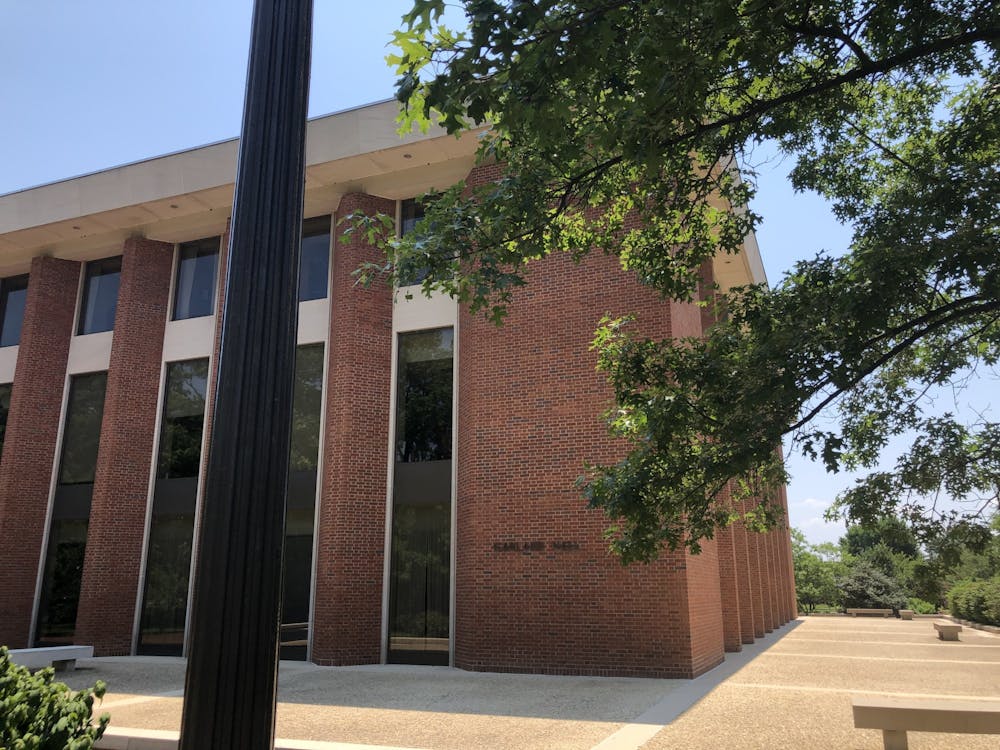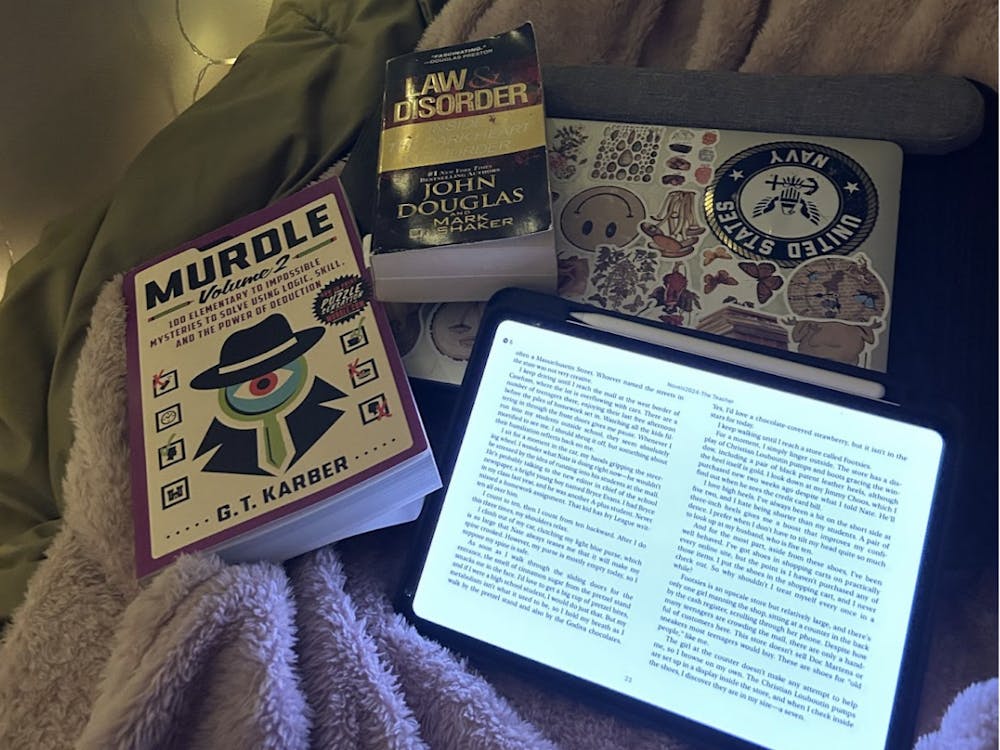What do you call the phase of spending cuts that precedes thoughtful, deliberative planning?
This was the question I was left with earlier this month, after a virtual town hall on budgetary decisions made by the University leadership in light of the coronavirus (COVID-19). I hasten to add that it was an excellent event, full of detailed information about the University’s finances and budgets.
Two weeks later, Provost Sunil Kumar and Senior Vice President for Finance and Administration Daniel Ennis released additional financial information in response to an open letter to University President Ronald J. Daniels and the Board of Trustees that garnered more than 600 faculty signatures. Meanwhile, the University established an ad hoc committee that, for the first time, includes elected faculty members from across the University.
These actions may herald a new era of greater transparency and collaboration in University governance. Although President Daniels’ absence from the town hall and from the subsequent response were disappointing — he was, after all, the intended recipient of that faculty letter — it was nonetheless gratifying to see members of our University’s leadership explain some of the rationale for their decisions.
So in that spirit of dialogue, I’d like to raise a few further questions.
The town hall and additional information offered encouraging news about the University’s finances over the last decade, under the leadership of President Daniels. I was reassured to learn that the University’s balance sheet is strong, with cash at record levels and a low debt burden. But the “intensive and successful effort” to improve University finances during this period raises puzzling concerns about the University’s COVID-19 pandemic response.
In his April 21 letter, President Daniels described a three-phase response to the current budget crisis. First, “urgent action” to relieve immediate budgetary pressure; second, revision of budgets to close anticipated gaps over the next few years; and third, periodic reassessment based on evolving circumstances.
What perplexes me is the first phase. When announced, scarcely six weeks had passed since the University closed. Yet “a series of broad-based and decisive austerity measures that immediately reduce losses and cash depletion” was already necessary. Why?
As President Daniels explained, “these measures will provide us with the time to engage in thoughtful, deliberative planning on how additional cuts will be taken over a multi-year period.” Vice President Ennis confirmed that rationale. “In truth,” he remarked at the town hall, these measures, “were really about buying time.”
Here is the riddle: If the University was in such a strong financial position entering the pandemic, why did we need to buy time before engaging in “thoughtful, deliberative” spending cuts?
When the “urgent” cuts were announced in April, immediately slashing $160 million from the University budget, projected losses were wildly speculative. In just one month, from April to May, the University’s projected losses decreased by $83 million. In other words, just by waiting a month, the University had already recouped more than half of the projected savings from its hastily imposed, institution-wide cuts.
But let’s put that $160 million number in further perspective. Hopkins has an annual budget of $6.5 billion. Over the past 10 years, we have consistently run annual operating surpluses between $70 million and $145 million — amounting to more than $1 billion in total. Setting just 10 percent of those annual operating surpluses aside would have provided enough of a cushion to offset all projected losses for fiscal year 2020. Why, then, was the budget so compromised that we needed to precipitously cut $160 million?
I’m no M.B.A., but here’s what I think: A University that is financially prepared for a crisis could skip phase one of President Daniels’ plan and move directly to thoughtful, deliberative cuts — in consultation and collaboration with affected constituencies.
Indeed, the University’s actions raise the possibility that Hopkins was not so well prepared for this crisis after all. Faculty at the School of Medicine note that the financial crisis there predated the pandemic. Last year — well before anyone had heard of COVID-19 — their usual salary increases were reduced, budgets slashed and austerity measures taken. Some even wonder if the COVID-19 crisis is being used to hide serious management lapses that caused pre-existing financial troubles.
But our peers did the same thing! Duke, Northwestern, Georgetown, the University of Southern California and the University of Chicago all took similar actions after Hopkins, and others will surely follow. We may not be the richest of our peer institutions, but we’re not the poorest either. Why did we take such a lead in launching urgent austerity measures? It’s awfully out of character for an institution that typically looks to its peers before coming to any decision.
What about our multi-billion dollar endowment? We’re told that we cannot increase our endowment payout this year because only a “small portion” is not limited by donor designation. Perhaps I’m misreading the University’s last available audit, which tells us on page 14 that $2.4 billion (which is to say 43 percent) of the endowment is unrestricted.
We are further told that President Daniels and our trustees have been growing the endowment “to ensure that our mission is not as vulnerable to shifts in federal research support, clinical revenues and tuition.” That is awfully ironic since we are currently seeing losses in all those categories, and yet our endowment is untouchable. How, then, does it make us less vulnerable?
Here’s a thought experiment. Let’s accept that using cash reserves to buy time to thoughtfully deliberate on necessary budget cuts would have been a “dereliction” of responsibility. Let’s also accept that our endowment is sacrosanct and should never serve as a buffer in times of need.
In that case, why wouldn’t borrowing $160 million to relieve the immediate budgetary pressure be appropriate? The University regularly borrows money — issuing bonds, promissory notes or accessing revolving lines of credit.
Apparently that idea was never considered. We’ve learned about the eight “mitigation strategies” that were explored. None, however, raised the possibility of borrowing money — although interest rates are at historic lows and Standard & Poor’s has told us we have a “low debt burden.” All those private equity types on the Board of Trustees, and the idea never came up?
President Daniels is familiar with borrowing. In 2017, he received a loan of $1 million from the University for the purpose of “retention.” Why he needed this money — when his total compensation topped $2.7 million, not including hundreds of thousands of dollars in additional income from his external board service — remains unclear.
Perhaps, from the perspective of our trustees, loans are reasonable to retain lavishly compensated administrators, but not to avoid rushed spending cuts leading to layoffs of underpaid staff. Layoffs and frozen retirement contributions are not exactly conducive to retention, after all.
Would a $160 million loan have signaled a “dereliction of our responsibility” to the University’s financial stability? Or is maintaining that marvelous debt capacity and our superb credit rating more important than maintaining vulnerable employees in their jobs amid a once-in-a-century crisis?
Maybe we’re saving that debt capacity for expensive new buildings like our new student center or that glamorous new trophy at 555 Pennsylvania Ave., in Washington, D.C. — both of which continue amidst the current austerity measures. We’re told they are donor-sponsored projects, but no one will say how much of the projects are sponsored, and how much of the bill we’ll be left to foot when those gleaming buildings are rushed to completion.
Let me point out that the austerity measures undertaken this spring were hardly painless. Stories are circulating of staff being laid off with little warning, risking the loss of visas that would lead to family separations. Recent faculty job searches — which require considerable investments of faculty time and University money, and which are the most essential investment in our University’s future — have been abruptly canceled as they neared conclusion. Graduate students are panicking as they watch the clock on their funding tick forward while their research remains frozen. I could go on. Perhaps I should.
If you spend your time outside the Garland Hall bubble, you quickly learn that those “decisive austerity measures” — the ones that preceded the thoughtful, deliberative planning — have caused serious, short-term damage to the University. As for their long-term effect, we can only speculate.
The strange thing is that Provost Kumar and Vice President Ennis themselves recognize the risk of precipitous action. “When mitigation actions are rushed and lurching,” they wrote, “they often result in unforeseen impacts that are costly or harmful to the mission in the long term.”
I could hardly have put it better myself.
François Furstenberg teaches the history of early America and the Atlantic world in the Department of History, where he has taught since 2014. He completed his PhD at Hopkins in 2003 and now lives with his family in the Patterson Park neighborhood.





